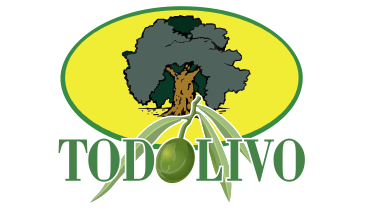THE OLIVE GROVE IN HEDGE SYSTEM OUTPERFORMS SUPER-INTENSIVE OLIVE GROVE PLANTATIONS
In terms of sustainability, productivity and profitability, setting a new course in the olive growing industry.
-
The development of wide-layout Olive Grove in Hedge plantations has marked a turning point in the olive grove in hedge industry. They represent progress and a major step forward over the super-intensive olive grove system, since they allow farmers to sustainably produce a greater amount of kg of EVOO/ha from their farms in a more efficient and profitable way.
-
This innovation is the result of the research work carried out by Todolivo in numerous trials conducted at their irrigated and rainfed research estates over the last 22 years, of their wide experience in planting and managing Olive Grove in Hedge plantations, as well as of the data that Todolivo has been collecting from a number of farms be-longing to customers who have implemented the company’s innovative system.
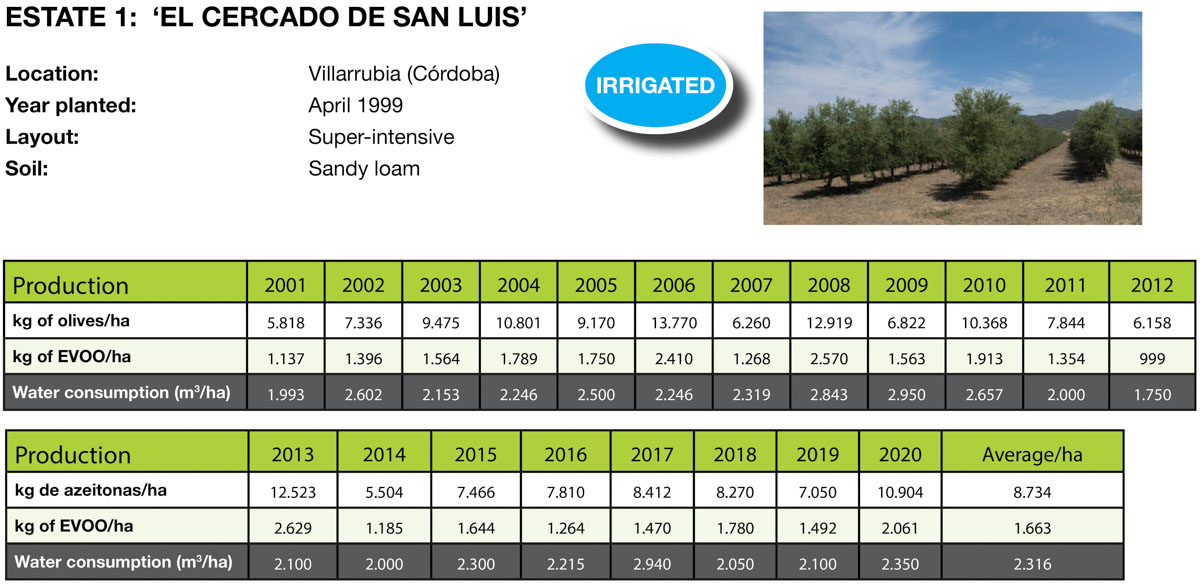
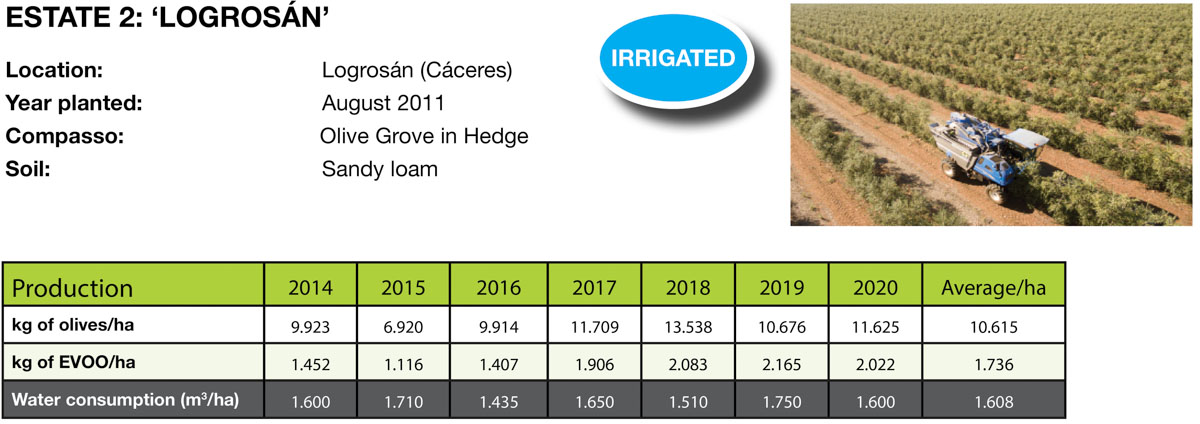
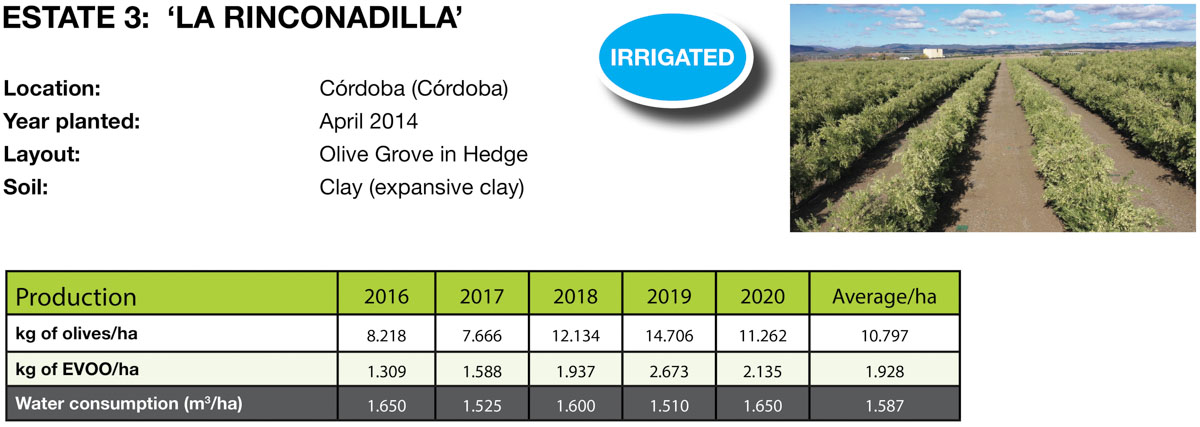
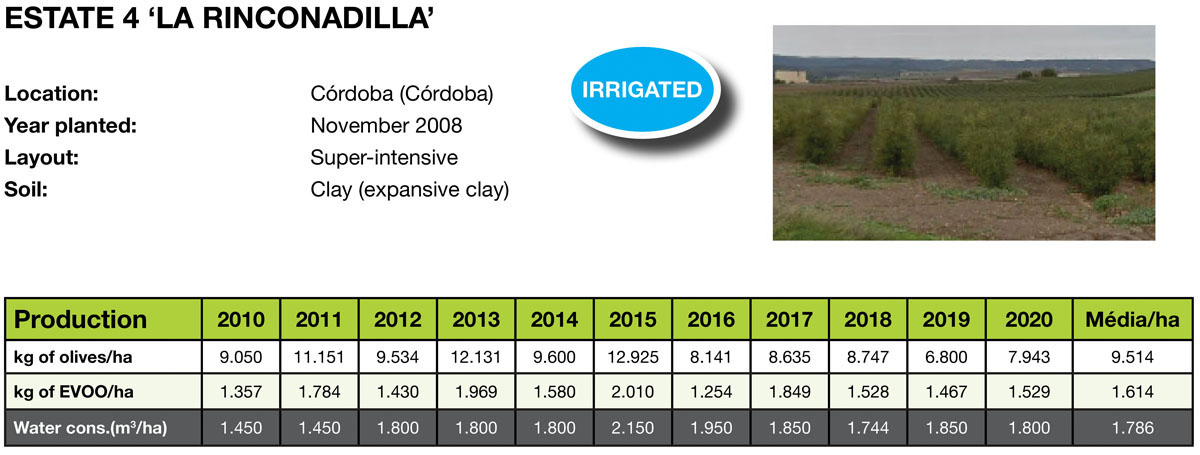
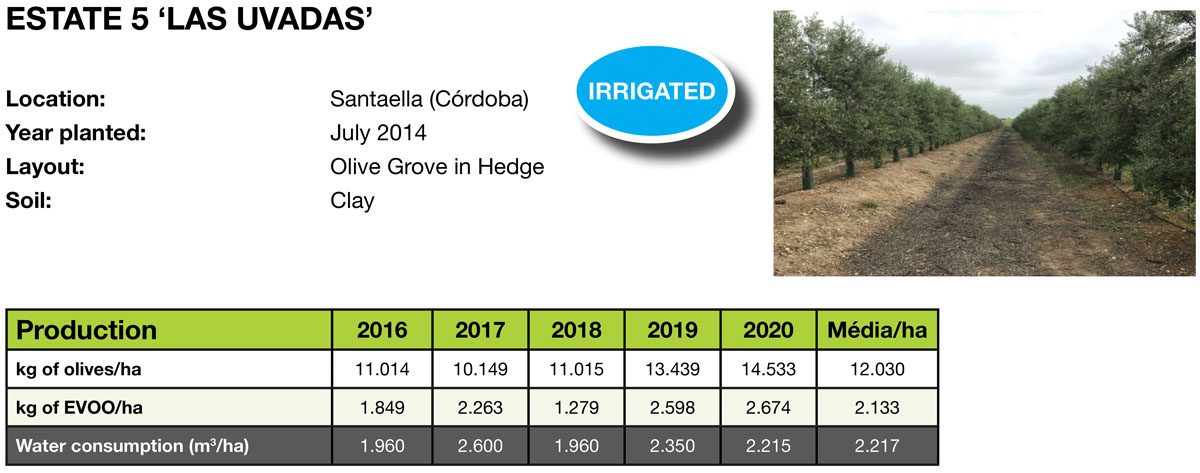
The Olive Grove in Hedge system uses wider planting layouts that require fewer trees/ha (between 400 and 1,600 trees/ha), compared to super-intensive crops that use denser planting layouts requiring a greater number of olive trees (between 1,160 and 3,000 trees/ha), thus significantly reducing investment and crop management costs, such as those incurred in pruning, which are lower since there are fewer trees to prune. Examples of this are “Logrosán” or “La Rinconadilla”, two wide-layout estates whose pruning costs stand at around €300/ha, compared to the average €800/ha incurred at ‘El Cercado de San Luis’,a farm with a dense layout planted over 22 years ago.
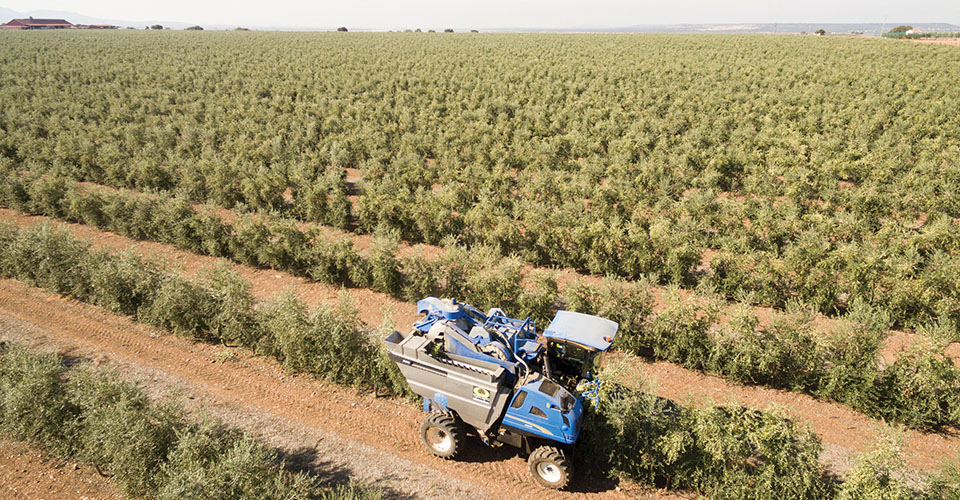
‘Logrosán’ estate (Cáceres), a wide-layout Olive Grove in Hedge farm
-
Olive Groves in Hedge are also a great environmental ally against climate change, since they have a positive carbon balance, that is to say, the amount of CO2 captured from the atmosphere by these plantations is far greater than the carbon dioxide emissions resulting from their management and from the energy used in the extra virgin olive oil production process.
In addition to this, they use fewer natural re-sources and agricultural inputs, which not only reduces crop management costs, but also makes this a more environmentally sustainable option.
This is the case, for example, with the water and electricity used in irrigated fields, whose consumption is significantly lower than that of dense-layout plantations, as shown in the tables below. In these tables we can see how ‘La Rinconadilla’ and ‘Logrosán’, both estates with wide planting layouts, use around 30% less water than ‘El Cercado de San Luis’, a farm planted with super-intensive olive groves.
-
All of them use the same irrigation system and they are all irrigated at the same times, but those with wide planting layouts use less water because they have fewer rows of trees per hectare, their spacing being greater than that of dense planting layouts.
This is also the case with the amount of plant-protection products used, which is lower in fields with wide planting layouts, since there are fewer trees to be treated and the hedges receive more air and sunlight, resulting in a lower rate of diseases.
Regarding the harvesting costs, these are also lower in wide-layout Olive Grove in Hedge plantations, since harvesters need less time to harvest all the olives in a field, having to work on fewer rows per hectare. Thus, a wide-layout plantation is harvested, on average, in approximately 1-1,15 hours/ha, while tho-se with dense planting layouts are harvested in 2-2,30 hours/ha on average.
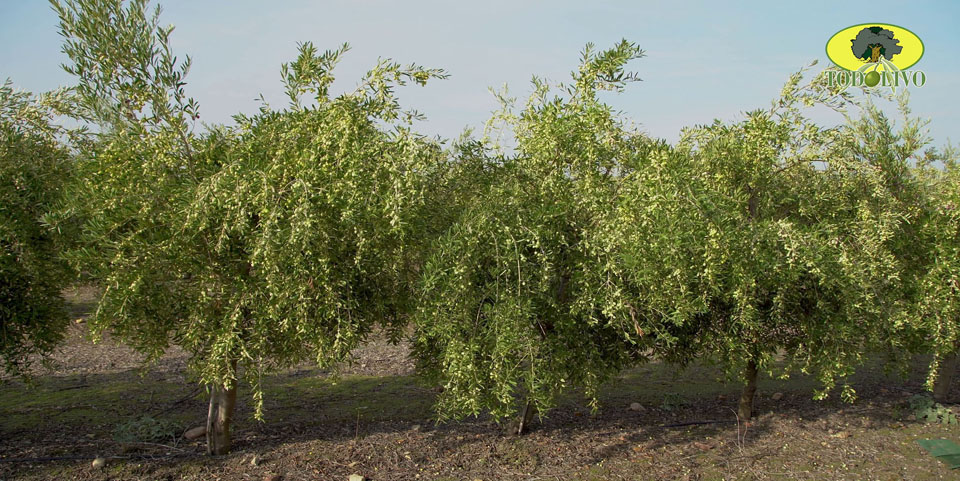
-
Another important advantage offered by Olive Grove in Hedge plantations is that farmers can plant any variety of olive tree, provided that the field meets the proper agro-climatic conditions and that each variety is appropriately managed. Todolivo currently works with 103 hedge varieties, which allows the farmer to produce extraordinary EVOOs with different flavours and fruity aromas, helping them offer unique products to their customers and better cater to the varied tastes and preferences of consumers.
Another key feature of Olive Grove in Hedge plantations is that they allow for a better distribution of the leaf mass in each row, so the trees are able to capture more sunlight. The trees have all the space they need for a healthy development, getting sunlight from all cardinal points, and, in addition to this, they allow for natural pruning, inspired by that of the traditional olive trees, which is an easy and economical way for the trees to capture the sunlight more efficiently, thus helping farmers obtain higher yields and profits every year. All this is evidenced by the results included in the production tables below. In them, we can see how Olive Grove in Hedge plantations yield average production results that are significantly better than those yielded by super-intensive olive groves.
Not only do both ‘Logrosán’ and ‘La Rinconadilla’ yield, on average, a greater amount of kg of EVOO per hectare than ‘El Cercado’, but they also do it in a more sustainable, efficient and profitable way, since they require lower investment and crop management costs, and use fewer natural resources, thus enabling the farmer to earn greater profits and to produce different and unique types of extraordinary EVOOs.
-
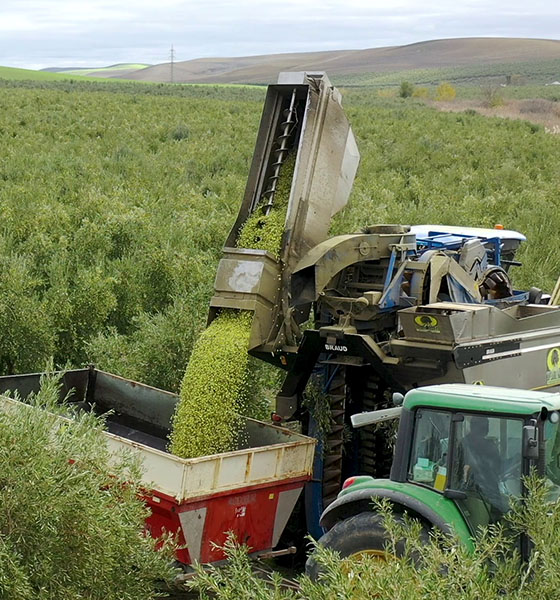
At Todolivo we will carry out an agro-climatic study of your fields in order to determine the best planting layout and the most sustainable and profitable varieties for your farm.
